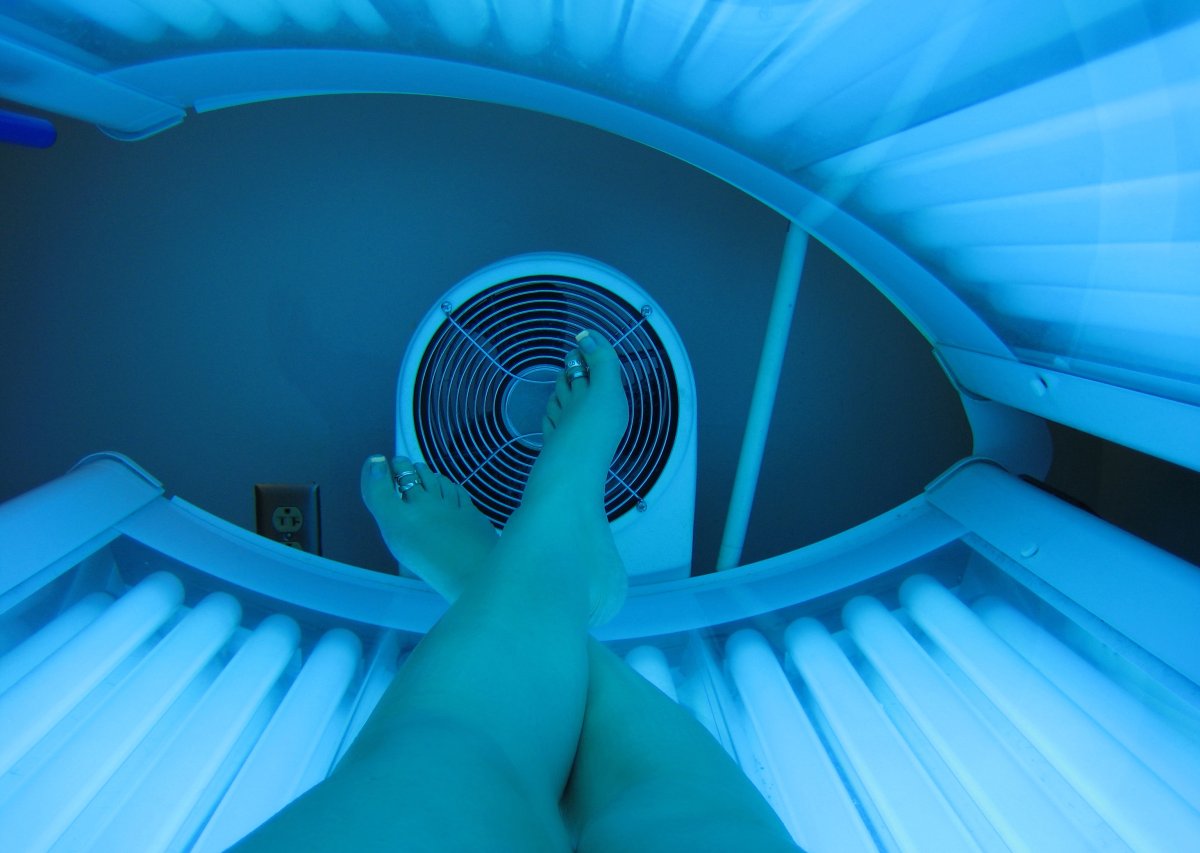Myths About Skin Tanning

MYTH: A tan is healthy.
Sun damage is sneaky. The damage may not show up for many years. So if you tan while you are young, you may think you look good, but you are setting yourself up for premature wrinkling and possibly skin cancer. Sunburns that you get in your teens can cause problems later in life. Eighty percent of sun damage occurs before age 18. Ultraviolet radiation from the sun or tanning beds is the leading cause of skin cancer.
Outside or indoor tanning can have dangerous and often irreversible consequences in the future. The “glow” of bronzed skin if often portrayed as health and attractive in society. Tanning is the very opposite of healthy. Tanning is evidence of DNA injury in your skin. Tanning damages your skin cells and speeds up visible signs of aging. Worst of all, tanning can lead to skin cancers such as basal cell carcinoma, squamous cell carcinoma and melanoma.
Consider some popular myths that to relate to sun tanning and tanning beds in tanning salons
MYTH: A tanning bed is safer than sun exposure.
There is no such thing as a safe tan. Tanning beds emit UVA and UVB radiation. Both types of UV radiation are also found in the outdoor sun and can cause premature aging and skin cancer.
MYTH: Tanning is OK as long as you don’t burn.
Even if you don’t burn, sunbathing can increase your risk of skin cancer and can cause premature aging. Damage from the sun accumulates over time, so even if you never have a severe sunburn, the damage is building up.
MYTH: If you have darker skin, you’re safe.
Sun damage may take longer to show up in people with darker skin, but it still happens. People with lighter skin are at greater risk for sun damage.
There are simple steps you can take to minimize sun damage:
- Avoid the sun between 10 a.m. and 4 p.m. if possible.
- Wear protective clothing like a broad-brimmed hat, long pants, and a long-sleeve shirt.
- Wear sunglasses that provide 100% UV protection.
- Always wear broad-spectrum sunscreen with a Sun Protection Factor (SPF) of 15 or higher and apply it 30 minutes before sun exposure. Remember to reapply every two hours or immediately after swimming or strenuous activity.
- Sunscreen that contains physical blockers like Zinc are more effective at skin protection than most chemical sunblockers.
Ask your dermatologist for recommendations on the best sunscreen for you.







